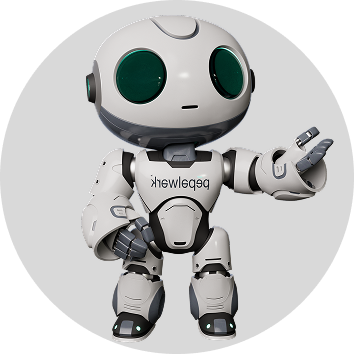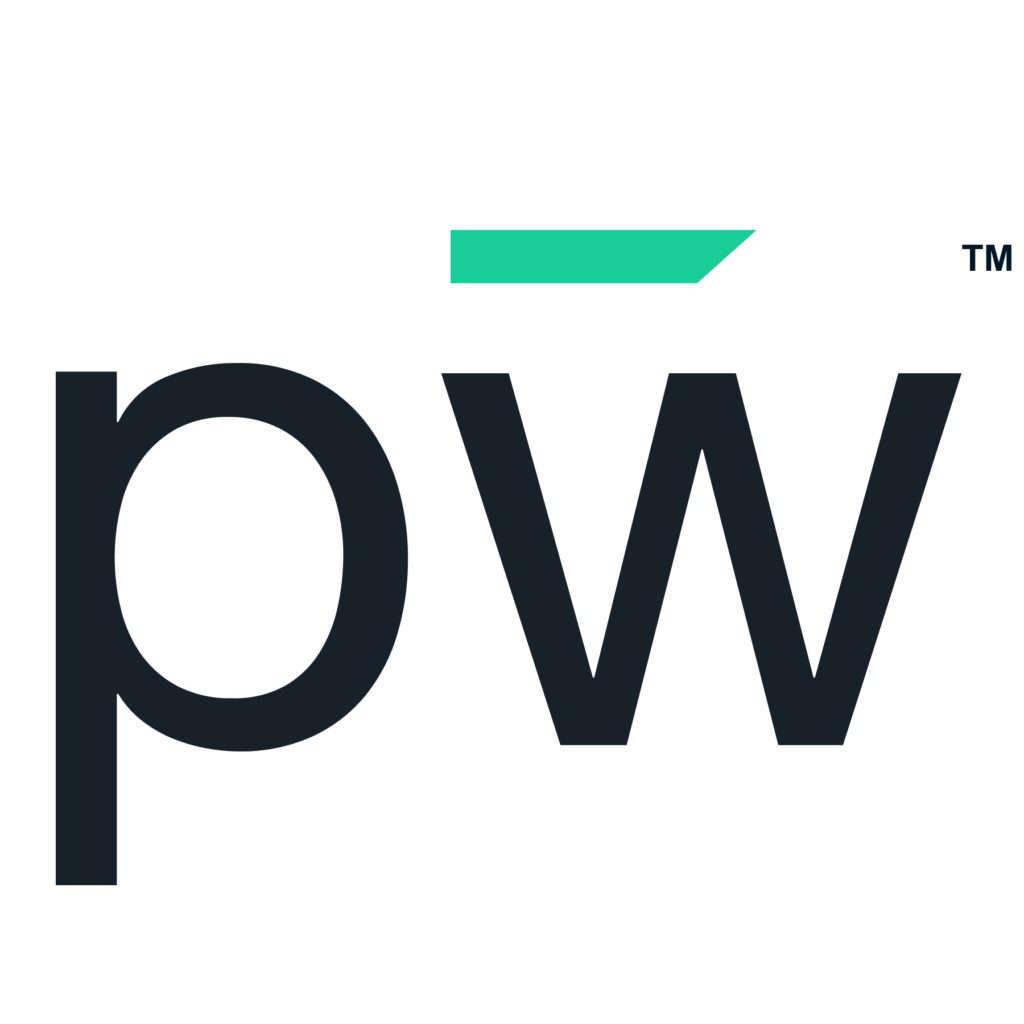Introduction
In the world of recruitment, change is the only constant. Traditional job descriptions have often fallen short of providing a comprehensive view of roles and expectations. However, innovative tools are reshaping the way employers attract and engage potential candidates. This article explores how employers are breaking free from the constraints of traditional job descriptions by using interactive job profiles that incorporate videos, images, and dynamic content to present a more captivating and accurate picture of job opportunities.
The Limits of Traditional Job Descriptions
Traditional job descriptions, typically composed of text-based bullet points, have their limitations:
Lack of Engagement: A wall of text fails to capture a candidate's attention and engagement, leading to less interest in the role.
Inadequate Context: Descriptions might not effectively convey the company culture, the team dynamic, or the broader impact of the role.
Stereotypical Language: Generic language might perpetuate biases and discourage underrepresented groups from applying.
The Rise of Interactive Job Profiles
Employers are now leveraging technology to create interactive job profiles that offer a more immersive and informative experience for candidates:
Video Introductions: Videos provide a personal touch by allowing hiring managers or team members to introduce the role and share insights about the company culture.
Dynamic Content: Incorporating infographics, charts, and visual representations of key responsibilities and expectations paints a clearer picture of the role's significance.
Employee Testimonials: Including quotes or short narratives from current team members showcases real experiences and adds authenticity.
Day-in-the-Life Scenarios: Offering a glimpse into a typical day in the role helps candidates envision themselves in the position.
Company Showcases: Integrating links to company websites, social media profiles, and blog posts can provide candidates with a more holistic understanding of the organization.
Benefits of Interactive Job Profiles
Engagement: Interactive profiles capture candidates' attention and make them more invested in exploring the opportunity.
Transparency: Clear, multimedia-rich content leaves no room for ambiguity, ensuring candidates understand what the role entails.
Showcasing Culture: Videos and images provide a window into the company culture and team dynamics, helping candidates assess their fit.
Inclusivity: Visual content appeals to a broader range of candidates and can contribute to a more diverse pool of applicants.
Creating Effective Interactive Job Profiles
Collaboration: Involve hiring managers, team members, and creative experts to develop content that accurately represents the role and culture.
Engaging Media: Use high-quality videos, images, and graphics that resonate with the target audience.
Authenticity: Showcase real employees and real experiences to build trust and authenticity.
Accessibility: Ensure that interactive elements are user-friendly and accessible to all candidates.
Conclusion
The era of traditional, text-heavy job descriptions is giving way to a more dynamic and engaging approach—interactive job profiles. By incorporating videos, images, and dynamic content, employers are crafting a more comprehensive and captivating representation of their job opportunities. This not only attracts the right candidates but also fosters a deeper connection between potential employees and the organization. As technology continues to evolve, embracing interactive job profiles is a step towards a more inclusive, transparent, and innovative recruitment process that benefits both employers and candidates alike.








